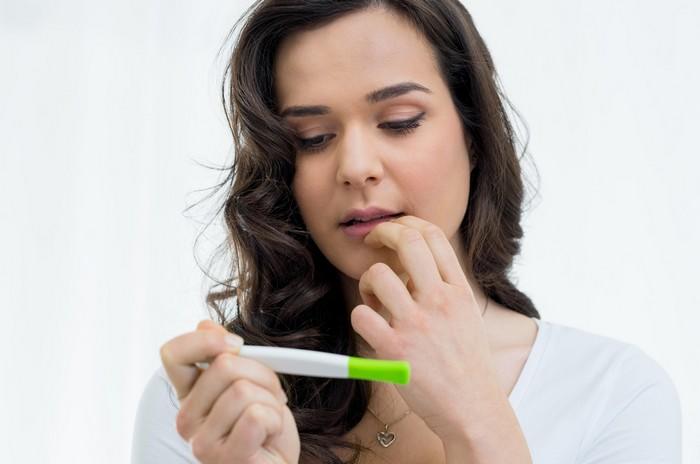New figures suggest that thousands of women in Oxfordshire have been diagnosed with endometriosis, a chronic and often debilitating condition. This increase in diagnoses is welcomed by charities advocating for greater research and support for those affected by the disease, which has long been under-recognized due to a historical lack of data.
According to a report published by the Women and Equalities Committee, women in the UK suffering from painful reproductive health conditions such as endometriosis often face long waits for both diagnosis and treatment. Office for National Statistics (ONS) data shows that between March 2011 and December 2021, 262,065 women across England were diagnosed with endometriosis through the NHS. In Oxfordshire alone, 3,065 women were found to suffer from the condition during the same period, equating to approximately 1,005 diagnoses per 100,000 women in the county.
Endometriosis is a complex condition that can affect multiple aspects of a woman’s life, including physical, psychological, social, and economic well-being. Common symptoms include severe abdominal and pelvic pain, extreme fatigue, anxiety, and infertility. Although the ONS estimates that around 2% of women of reproductive age in England have endometriosis, this figure is likely an underestimate, as many women may never receive an official diagnosis.
Charities such as Endometriosis UK estimate that approximately 10% of women may suffer from the condition, emphasizing that the lack of comprehensive data and research has historically hindered efforts to understand and address its full impact. Emma Cox, CEO of Endometriosis UK, stated that the growing body of research into the condition is beginning to paint a clearer picture of its severity, making it “impossible to ignore.” She added that the charity is preparing to call for increased investment in early diagnosis, treatment access, and additional support for those affected by endometriosis.
The ONS data also revealed that women in wealthier areas of the South East had lower diagnosis rates than those in poorer regions, potentially reflecting the role of private healthcare access. Additionally, women who self-reported as being in poor health or disabled were more likely to receive an endometriosis diagnosis than those in better health.
The average age at diagnosis was found to be 35, highlighting the often late recognition of the condition. NHS England has acknowledged that while some progress has been made, there is still much work to be done. A spokesperson for NHS England noted that improvements have been made in raising awareness about menstrual pain, helping women recognize when they need additional help. Furthermore, local areas are being encouraged to develop Women’s Health Hubs to enable earlier diagnoses and better management of conditions like endometriosis, ultimately improving outcomes for affected women.
Related topics:
World’s First Live Birth Achieved Using Gameto’s Fertilo Technology
Chemical Exposure and Fertility: Growing Evidence Raises Alarms
Advancements in Medical Science Offer Hope for Women Facing Infertility

























